Chemists have played a pivotal role in shaping the world we live in today. Through groundbreaking discoveries and innovative research, they have unlocked the secrets of matter, transforming industries, healthcare, and our daily lives. This article highlights some of the most influential chemists whose work has had a lasting impact on modern life.
Marie Curie
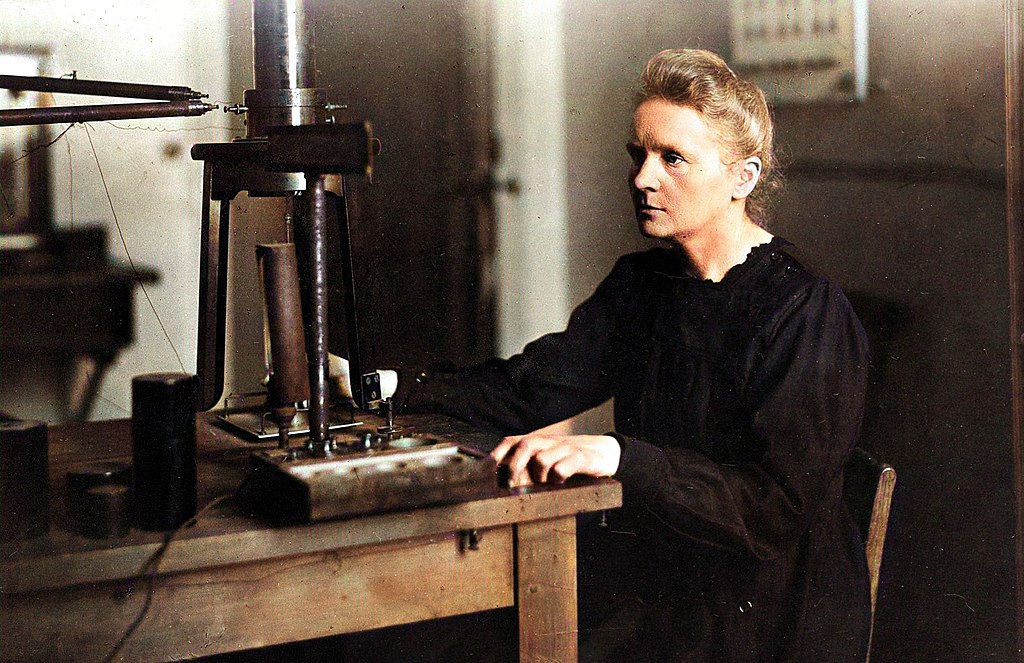
Marie Curie’s pioneering research on radioactivity not only earned her two Nobel Prizes but also revolutionized the medical field. Her discovery of the elements polonium and radium paved the way for the development of X-ray machines and cancer treatments through radiotherapy. Curie’s work fundamentally altered our understanding of atomic structure and energy, influencing both scientific theory and practical applications in medicine and industry.
Dmitri Mendeleev
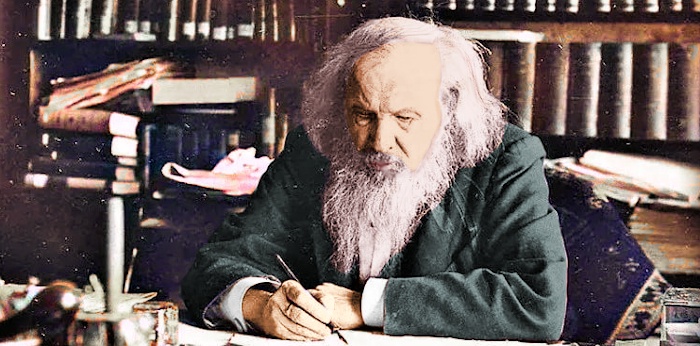
Dmitri Mendeleev is best known for creating the Periodic Table of Elements, a tool that organizes chemical elements based on their atomic number and properties. This table is fundamental to the study of chemistry, enabling scientists to predict the properties of elements and their compounds. Mendeleev’s periodic law has become a cornerstone of modern chemistry, guiding countless discoveries and innovations in fields ranging from materials science to pharmaceuticals.
Linus Pauling
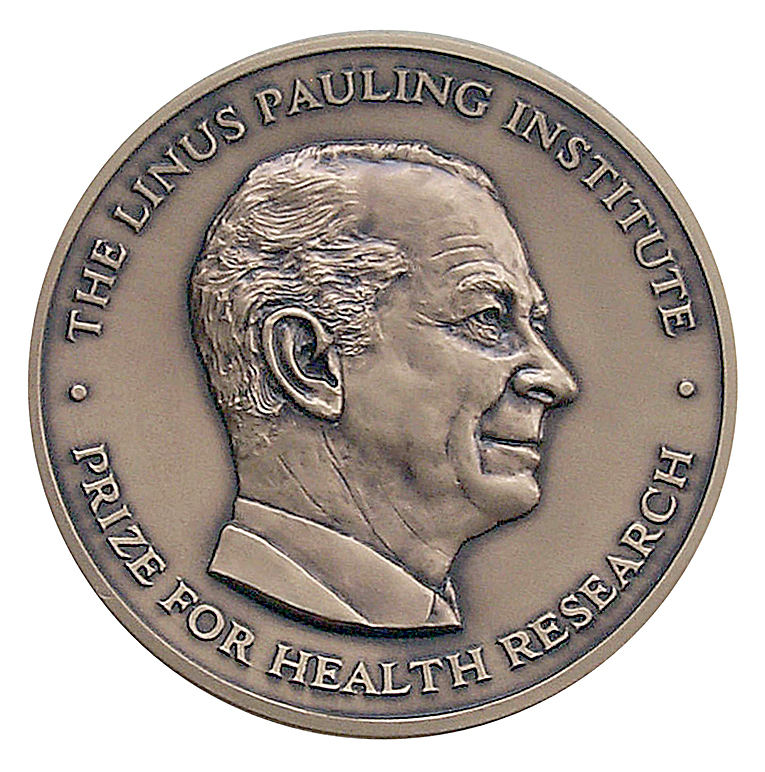
Linus Pauling was a giant in the field of chemistry, making significant contributions to our understanding of chemical bonding and molecular structure. His work on the nature of the chemical bond earned him the Nobel Prize in Chemistry in 1954. Pauling also played a crucial role in advancing the field of quantum chemistry and is known for his research on the structure of proteins, particularly the alpha helix. His efforts in promoting vitamin C’s health benefits, although controversial, have had a lasting influence on nutritional science.
Robert H. Grubbs
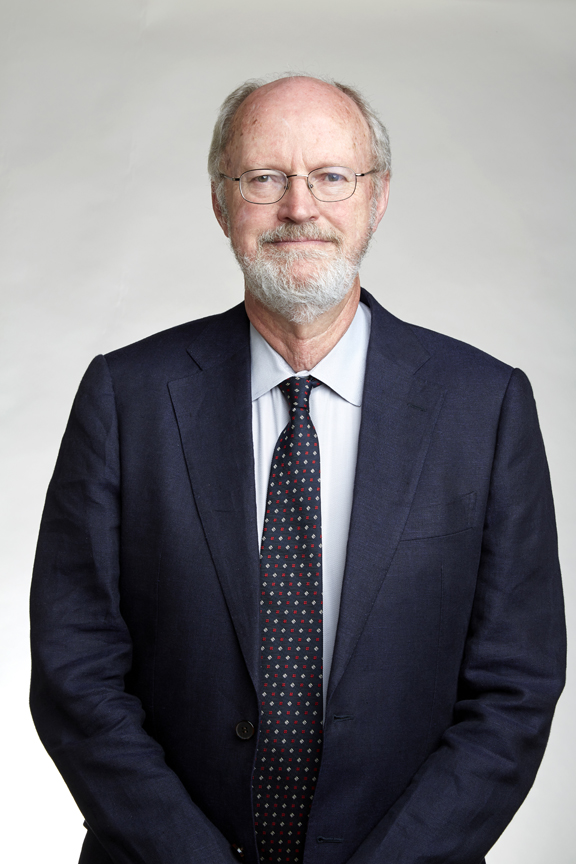
Robert H. Grubbs made groundbreaking contributions to the field of organic chemistry, particularly in the development of the metathesis reaction, a process that allows for the rearrangement of carbon-carbon double bonds in molecules. This discovery has had far-reaching implications in the synthesis of pharmaceuticals, plastics, and other materials. Grubbs’ work earned him the Nobel Prize in Chemistry in 2005 and continues to influence the development of sustainable chemical processes.
Ahmed Zewail
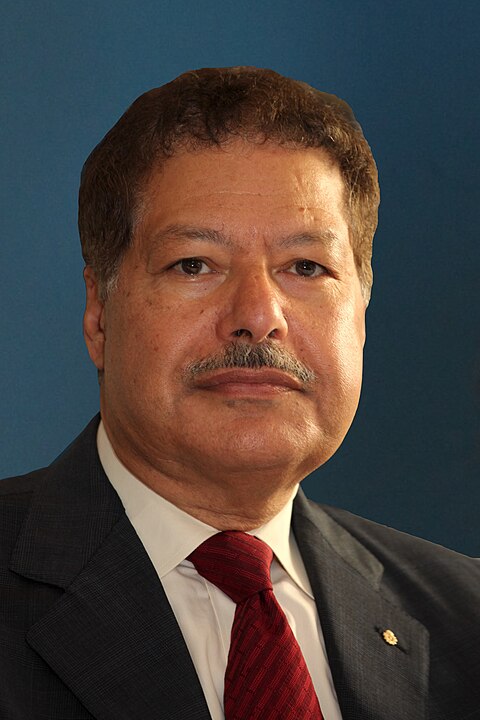
Known as the “father of femtochemistry,” Ahmed Zewail’s work on observing chemical reactions at the atomic level in real-time has revolutionized our understanding of chemical processes. His use of ultrafast lasers to capture reactions as they occur on the femtosecond timescale (one millionth of a billionth of a second) earned him the Nobel Prize in Chemistry in 1999. Zewail’s discoveries have profound implications for the development of new materials and drugs, as well as for the understanding of fundamental chemical reactions.
Gilbert N. Lewis
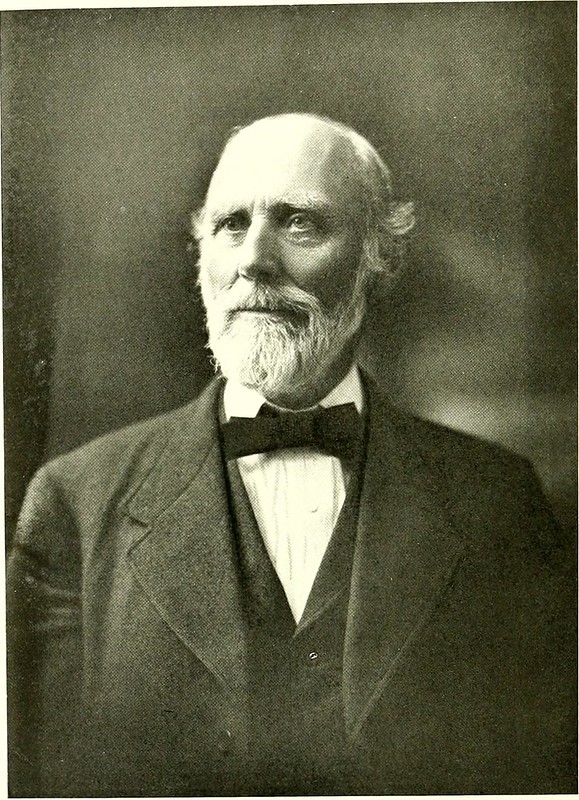
Gilbert N. Lewis made significant contributions to the understanding of chemical bonding, most notably through his development of the Lewis dot structure, which represents atoms and their bonds in molecules. His work laid the foundation for the modern understanding of covalent bonding and molecular structure. Lewis also proposed the concept of acids and bases, known as the Lewis acid-base theory, which is essential in many areas of chemistry, including catalysis and pharmaceuticals.
Fritz Haber
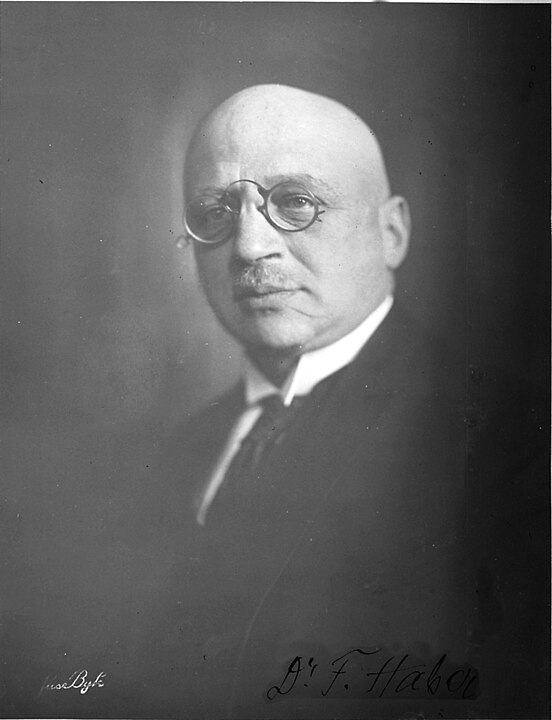
Fritz Haber is best known for his role in developing the Haber-Bosch process, a method for synthesizing ammonia from nitrogen and hydrogen gases. This discovery revolutionized agriculture by enabling the large-scale production of fertilizers, which significantly increased food production and supported global population growth. Despite the controversial use of his research in chemical warfare, Haber’s contribution to agriculture remains one of the most impactful in the field of chemistry.
Rosalind Franklin
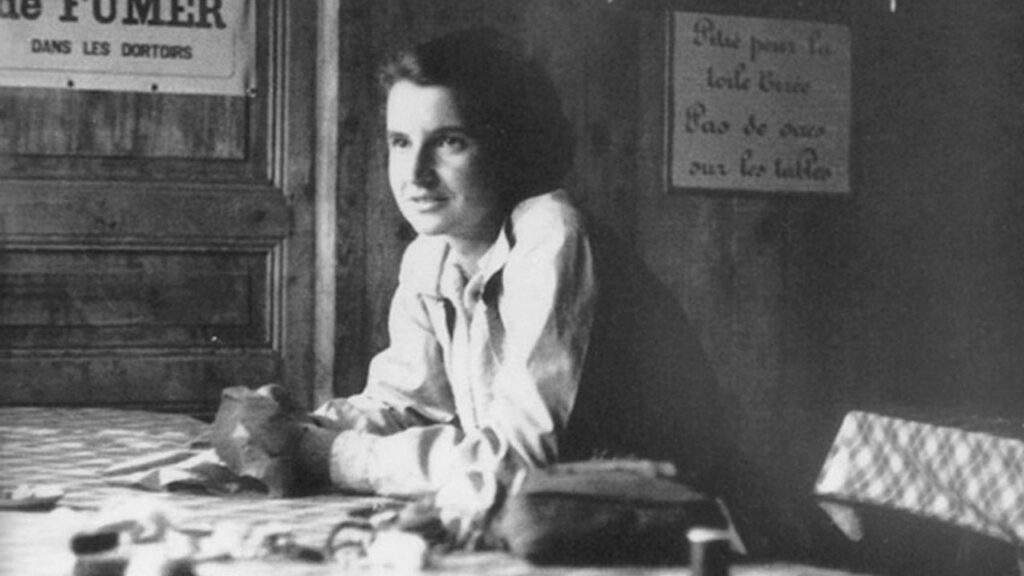
Rosalind Franklin’s work in X-ray crystallography was crucial to the discovery of the DNA double helix structure. Her precise images of DNA allowed James Watson and Francis Crick to propose the correct model of DNA, a finding that has become the foundation of modern genetics and biotechnology. Franklin’s research has had a profound impact on fields ranging from medicine to forensic science, influencing our understanding of heredity, disease, and evolution.
Michael Faraday
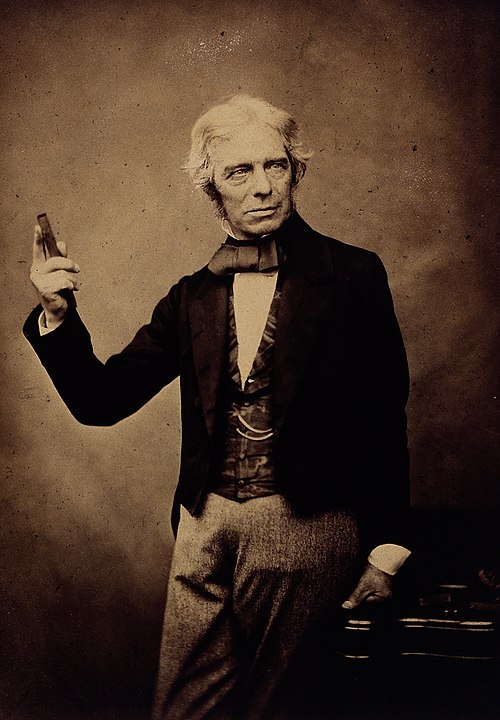
Michael Faraday’s experiments in electromagnetism and electrochemistry laid the groundwork for much of modern physics and chemistry. His discovery of electromagnetic induction led to the development of the electric motor and generator, while his work on electrolysis advanced the field of electrochemistry. Faraday’s laws of electrolysis are still used in various industries today, including metallurgy and battery technology, underscoring his enduring influence on both science and industry.
Alfred Nobel
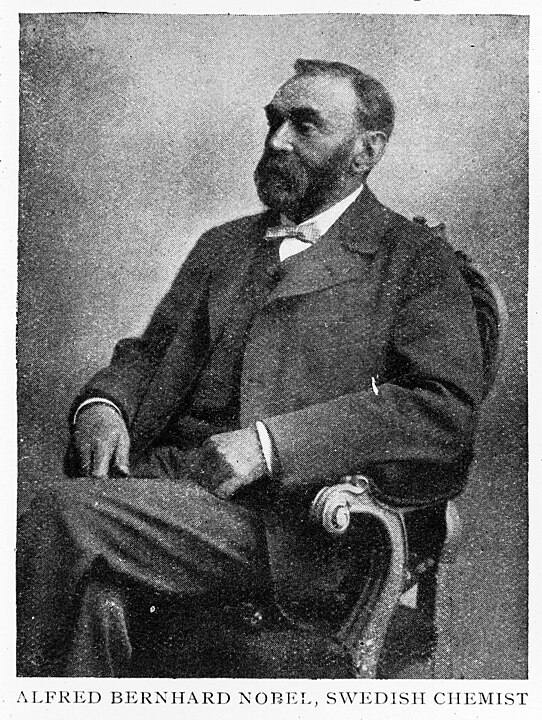
Alfred Nobel, best known for inventing dynamite, made significant contributions to the field of explosives. His invention allowed for safer handling and use of explosives, revolutionizing construction, mining, and warfare. Nobel’s legacy extends beyond his inventions; he established the Nobel Prizes, which continue to recognize outstanding contributions to science, literature, and peace. His work in chemistry has had lasting effects on both industrial practices and global recognition of scientific achievement.
Jacobus Henricus van ‘t Hoff
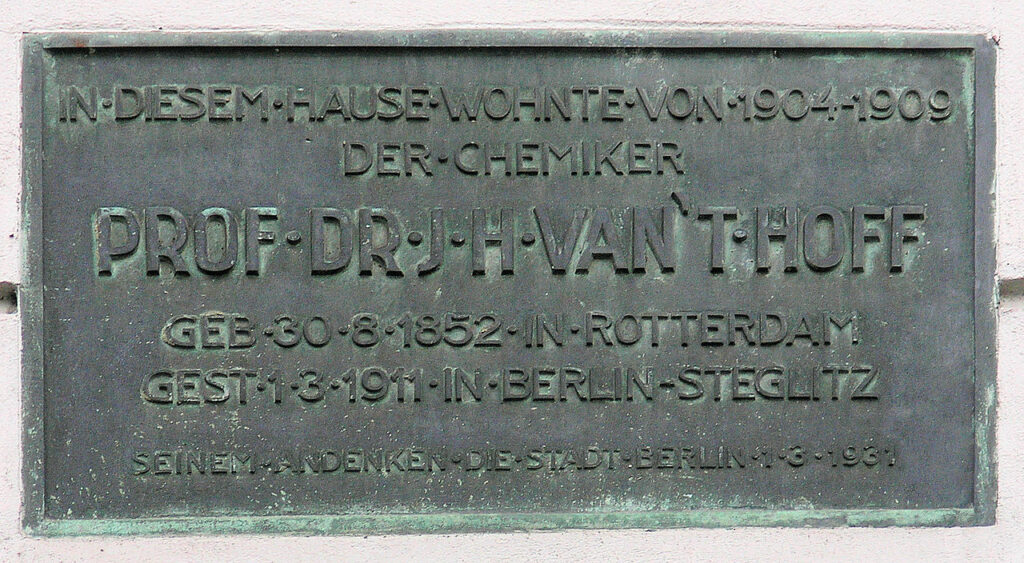
Jacobus Henricus van ‘t Hoff was a pioneer in physical chemistry, making groundbreaking contributions to chemical kinetics and chemical equilibrium. He was the first to introduce the concept of chemical affinity and its relation to reaction rates, earning him the first Nobel Prize in Chemistry in 1901. Van ‘t Hoff’s work on osmotic pressure and solutions laid the foundation for modern chemical thermodynamics and has had significant implications in fields like biology, medicine, and engineering.
Gerty Cori
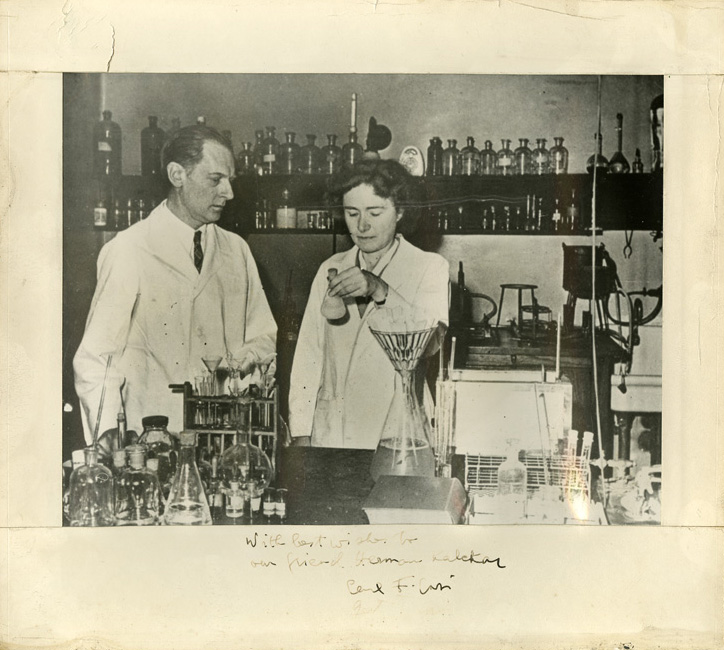
Gerty Cori, along with her husband Carl Cori, discovered the Cori cycle, which describes how the body converts glycogen to glucose to produce energy. This discovery was pivotal in understanding metabolic processes and earned her the Nobel Prize in Physiology or Medicine in 1947, making her the first woman to receive the award in this category. Gerty Cori’s work has had lasting implications for our understanding of diabetes, muscle physiology, and energy metabolism.
Ernest Rutherford
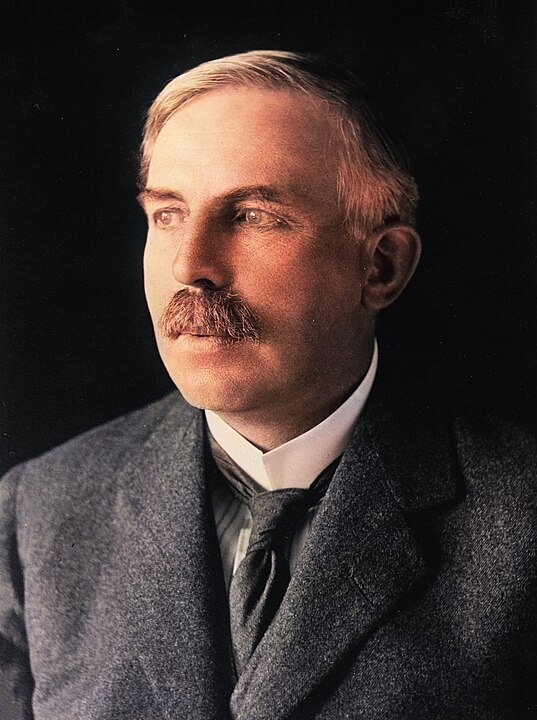
Ernest Rutherford, known as the father of nuclear physics, made monumental contributions to our understanding of the atomic nucleus. His gold foil experiment led to the discovery of the atomic nucleus, fundamentally altering our understanding of atomic structure. Rutherford’s work laid the groundwork for the development of nuclear energy and atomic theory, influencing both theoretical chemistry and practical applications in medicine and energy production.
Robert B. Woodward
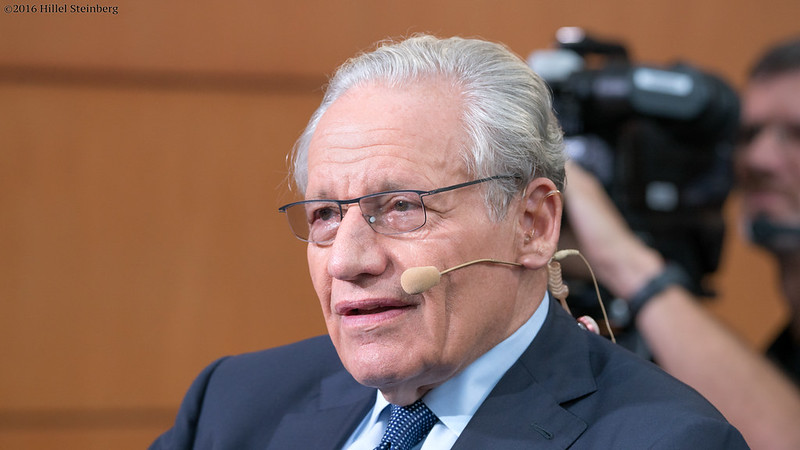
Robert B. Woodward is regarded as one of the greatest organic chemists of the 20th century. His work on the synthesis of complex natural products, such as quinine, cholesterol, and vitamin B12, revolutionized the field of organic chemistry. Woodward’s meticulous approach to chemical synthesis set new standards for the field and earned him the Nobel Prize in Chemistry in 1965. His contributions continue to influence the development of new drugs and materials.
Dorothy Crowfoot Hodgkin
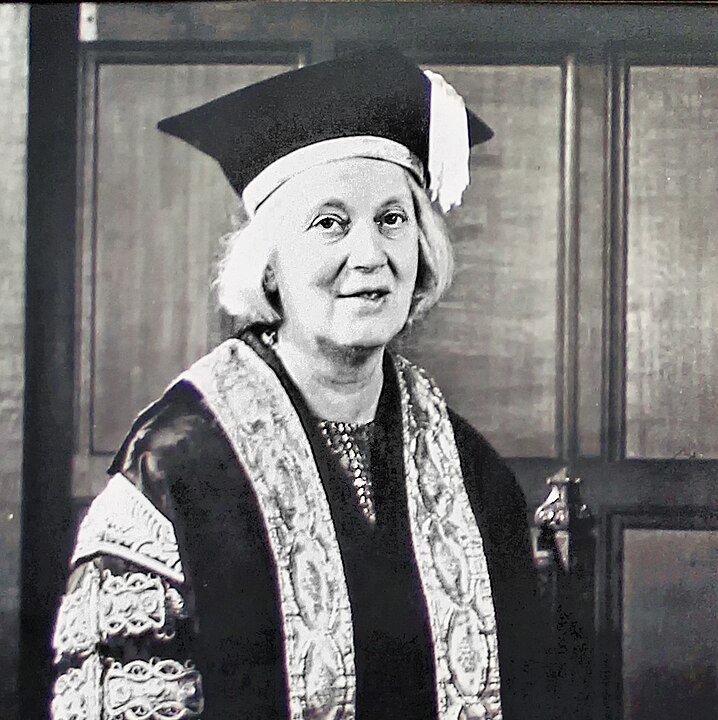
Dorothy Crowfoot Hodgkin was a pioneer in the field of X-ray crystallography, a technique used to determine the 3D structure of molecules. Her work led to the discovery of the structures of important biomolecules, including penicillin, vitamin B12, and insulin. Hodgkin’s research has had profound implications for biochemistry and medicine, particularly in understanding the structure and function of enzymes and hormones. Her contributions earned her the Nobel Prize in Chemistry in 1964.
George Washington Carver
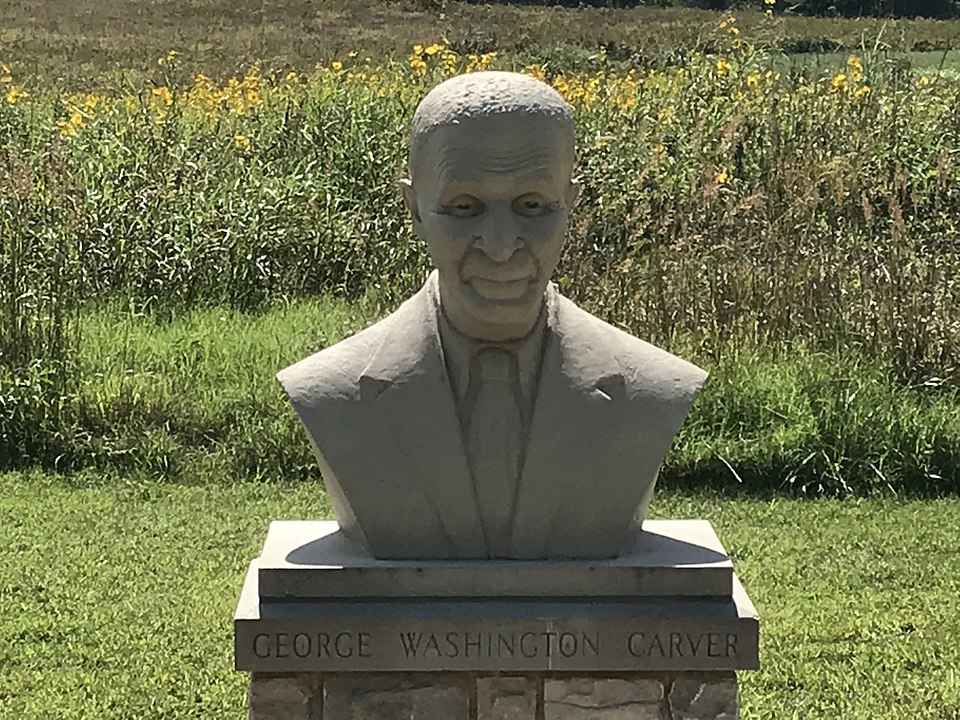
George Washington Carver, an agricultural chemist, revolutionized farming in the Southern United States by promoting crop rotation and the use of alternative crops like peanuts and sweet potatoes. His research into the chemical properties of these crops led to the development of hundreds of products, including dyes, plastics, and gasoline substitutes. Carver’s work not only improved soil health and agricultural productivity but also had a lasting impact on the economy and sustainability practices.
Harold Urey
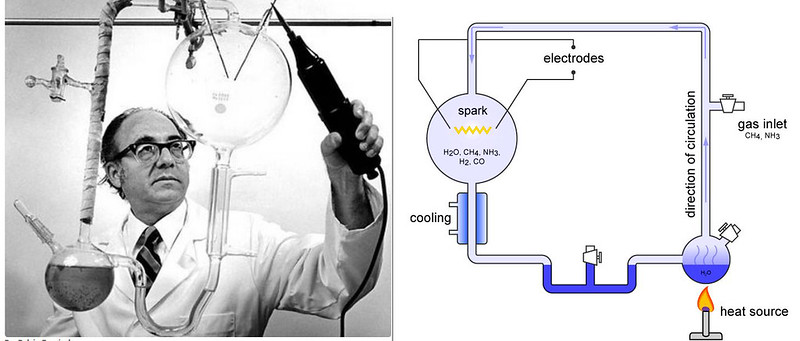
Harold Urey’s discovery of deuterium, a heavy isotope of hydrogen, had far-reaching implications for the field of chemistry and beyond. His work in isotope separation and the study of isotopic abundances earned him the Nobel Prize in Chemistry in 1934. Urey’s research laid the foundation for nuclear chemistry and played a crucial role in the development of the atomic bomb during World War II. His contributions continue to influence fields such as planetary science and cosmochemistry.
Stephanie Kwolek
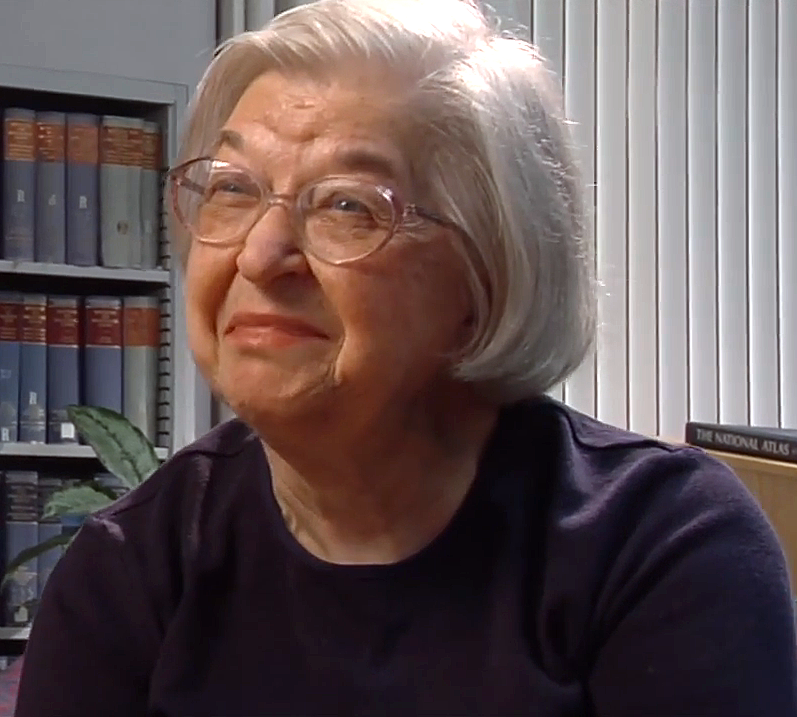
Stephanie Kwolek, a chemist at DuPont, is best known for inventing Kevlar, a high-strength, heat-resistant synthetic fiber used in bulletproof vests, helmets, and other protective gear. Her discovery has saved countless lives and revolutionized materials science, leading to the development of a wide range of protective and industrial materials. Kwolek’s work has had a lasting impact on personal and public safety, as well as on the development of advanced composites.
Robert H. Mulliken
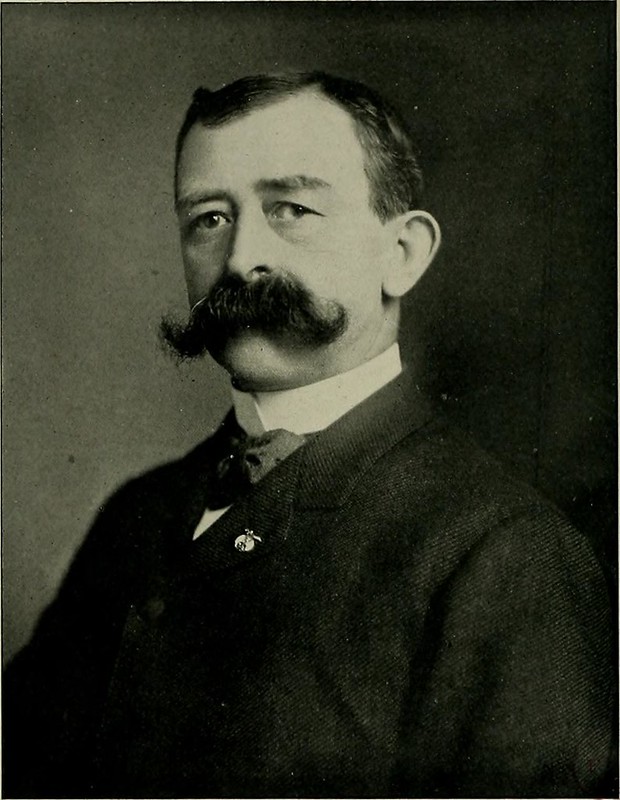
Robert H. Mulliken’s work on molecular orbital theory fundamentally changed our understanding of how atoms bond to form molecules. His research provided a theoretical framework for predicting the behavior of electrons in molecules, leading to advancements in quantum chemistry and molecular spectroscopy. Mulliken’s contributions earned him the Nobel Prize in Chemistry in 1966 and continue to influence chemical research and education today.
John Bardeen
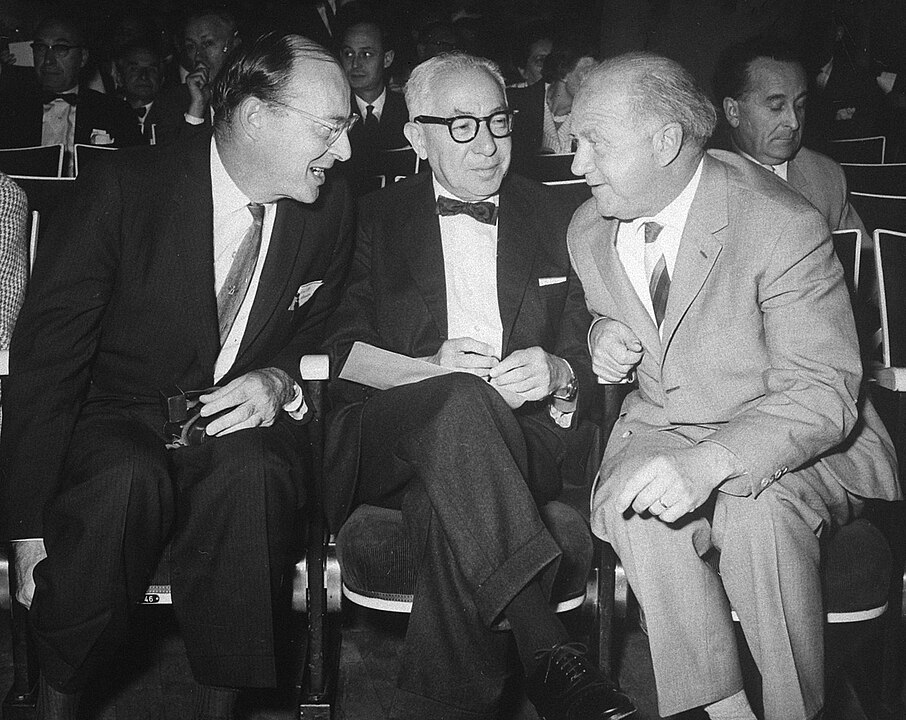
John Bardeen, although primarily known as a physicist, made significant contributions to the field of solid-state chemistry through his co-invention of the transistor. This tiny device revolutionized electronics, leading to the development of computers, smartphones, and countless other technologies that define modern life. Bardeen’s work earned him two Nobel Prizes in Physics, but his contributions to chemistry, particularly in understanding the behavior of semiconductors, are equally significant.
Willard Libby
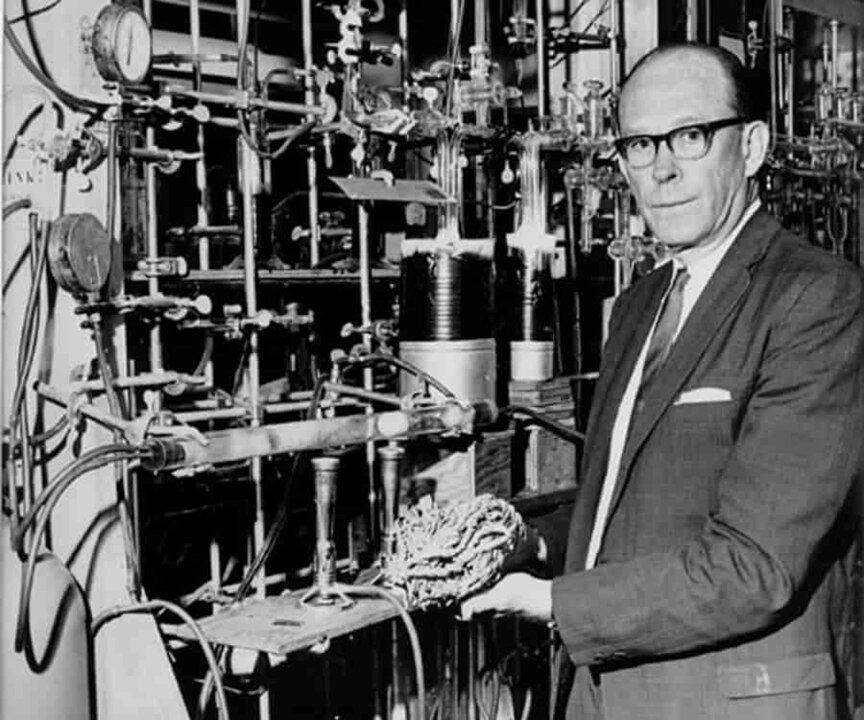
Willard Libby developed the method of radiocarbon dating, a technique that allows scientists to determine the age of ancient organic materials by measuring the amount of carbon-14 they contain. This discovery revolutionized fields like archaeology, geology, and paleontology, providing a powerful tool for understanding the history of life on Earth. Libby’s work earned him the Nobel Prize in Chemistry in 1960 and continues to impact various scientific disciplines today.
Richard Smalley

Richard Smalley’s discovery of fullerenes, a new form of carbon molecule composed of 60 or more carbon atoms arranged in a spherical shape, opened up a new field of nanotechnology. His work on these “buckyballs” has led to advancements in materials science, electronics, and medicine, particularly in drug delivery systems and the development of new materials with unique properties. Smalley’s contributions earned him the Nobel Prize in Chemistry in 1996.
Ahmed Hassan Zewail
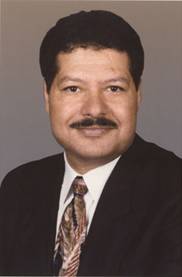
Ahmed Hassan Zewail, often referred to as the father of femtochemistry, made groundbreaking contributions to our understanding of chemical reactions at the molecular level. Using ultrafast laser technology, Zewail was able to observe chemical reactions as they happen in real-time, on the timescale of femtoseconds (one millionth of a billionth of a second). His work has had profound implications for the study of chemical processes and the development of new materials and drugs, earning him the Nobel Prize in Chemistry in 1999.
This article originally appeared on UnifyCosmos.
More from UnifyCosmos
17 Factors Leading to Mortgage Rejection for Older Applicants

Understanding these obstacles is crucial. Let’s explore the top 17 reasons why older mortgage applicants get turned down. Read more!
18 Retro Home Decor Trends Worth Revisiting

Whether you’re looking to add a nostalgic touch or simply love the charm of vintage designs, these 18 retro home decor trends are worth revisiting. Read more!
15 Iconic Fashion Collaborations That Made History

These partnerships result in unique designs, blending distinct styles and creating something extraordinary. Here, we explore 15 iconic fashion collaborations that made history and left a lasting impact on the industry. Read more!
Leave a Reply